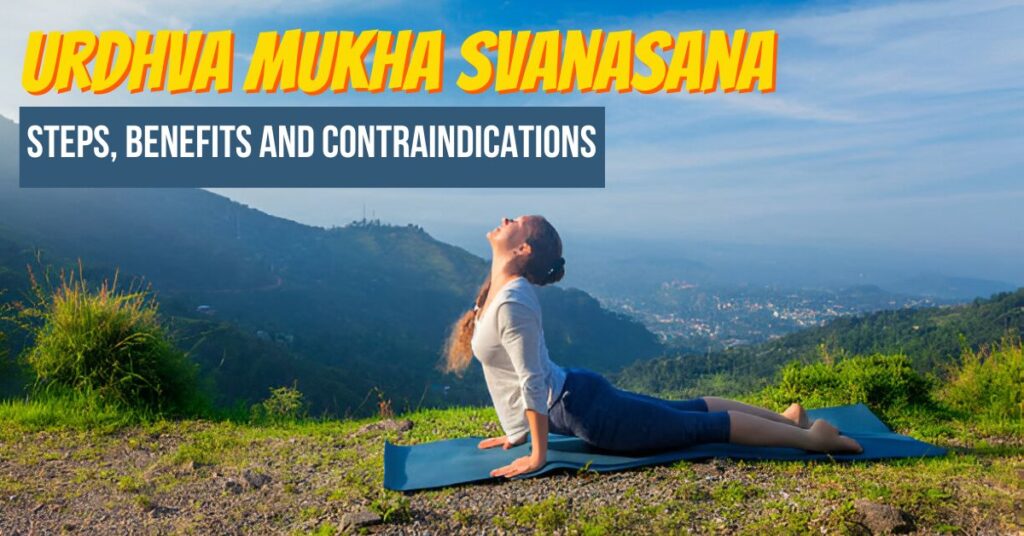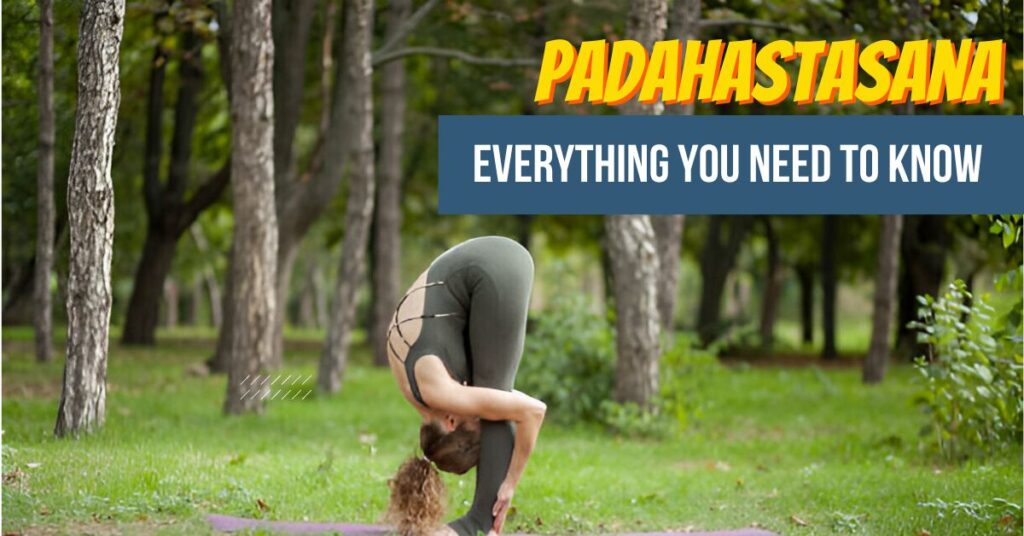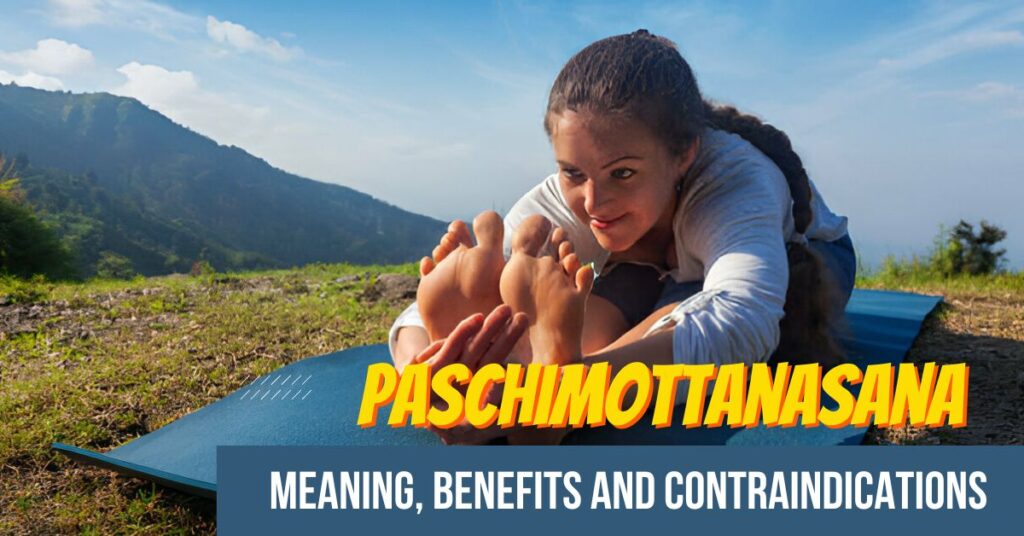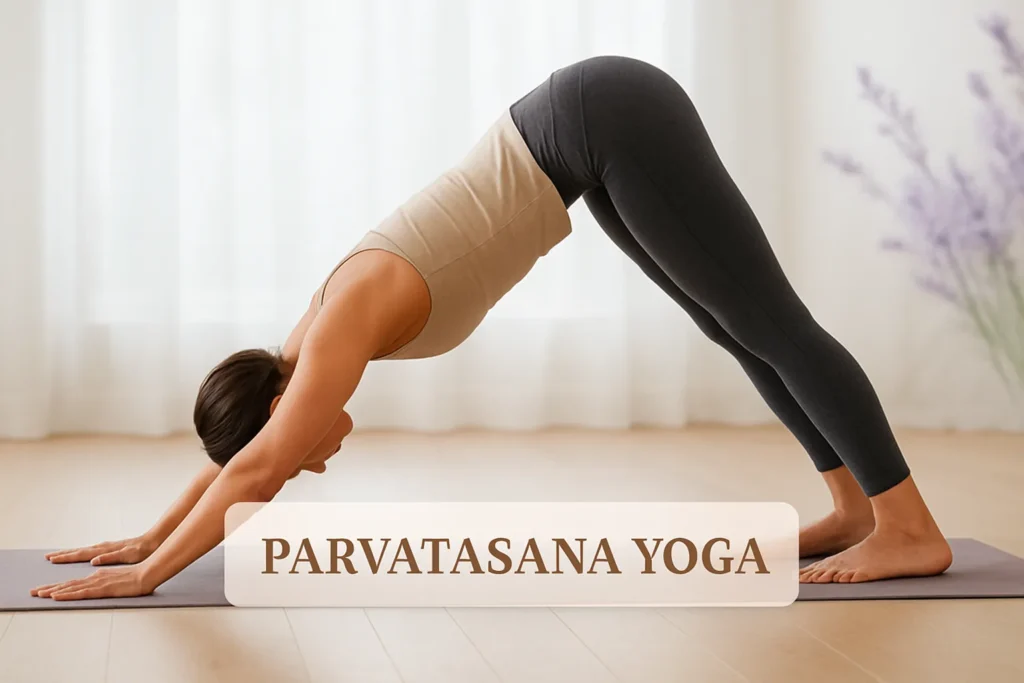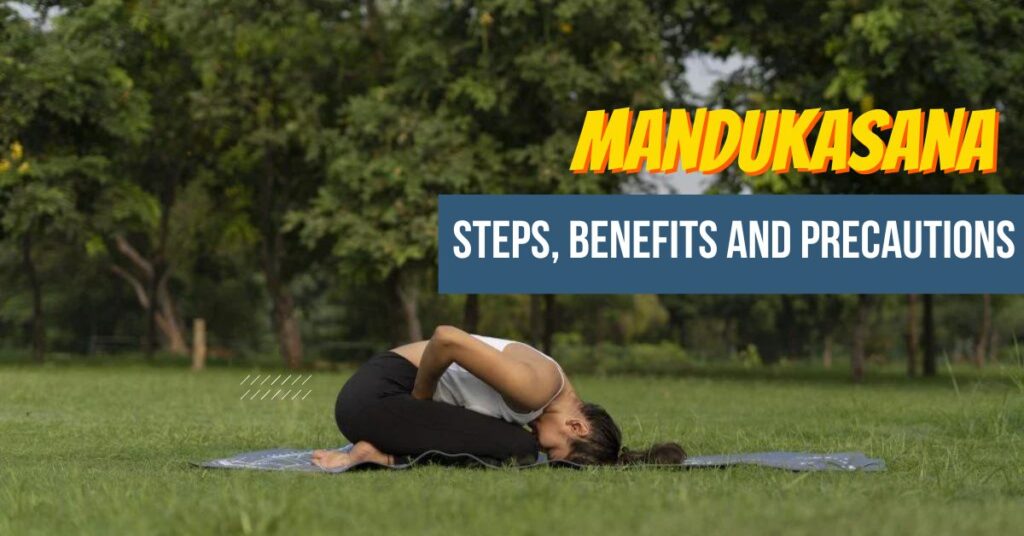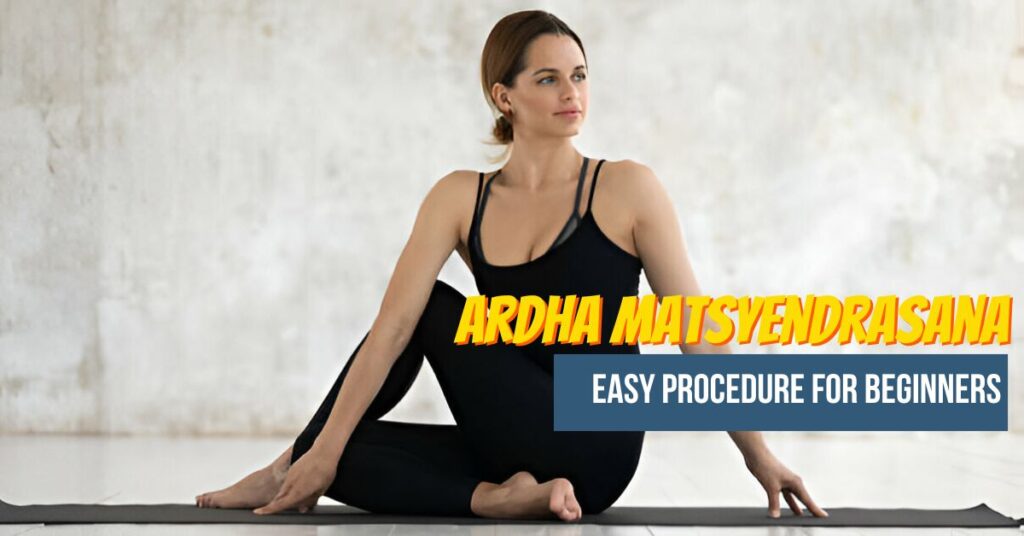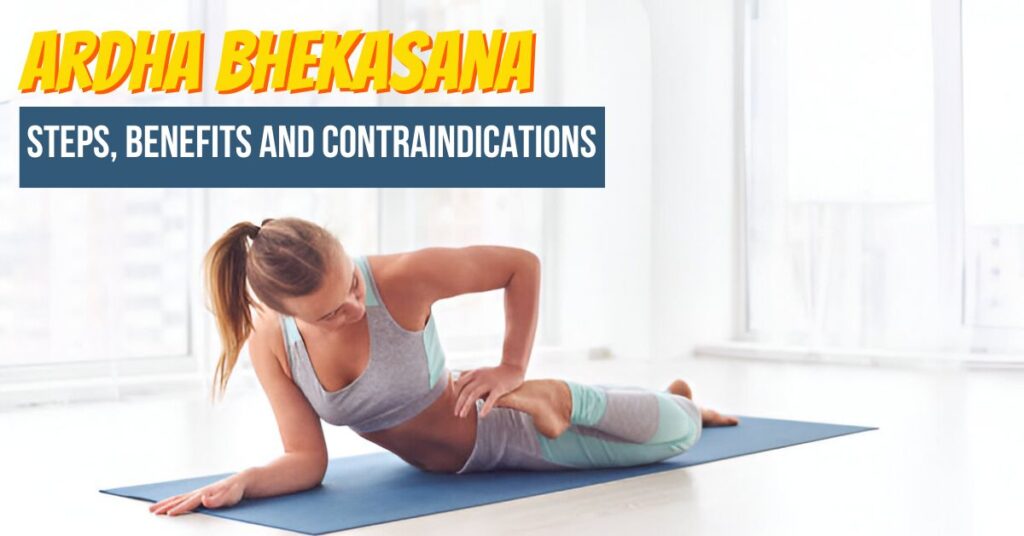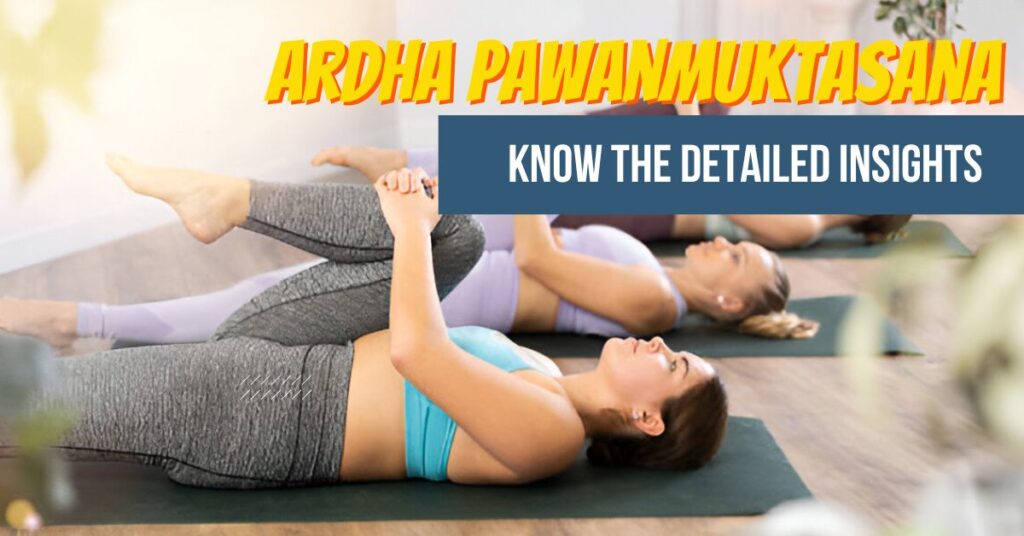In today’s fast-paced life, many people struggle with poor posture, weak muscles, and a lack of body balance. Hours spent sitting at a desk or bending over gadgets has led to a noticeable decline in physical strength, especially around the core and shoulders. People often turn to complicated gym workouts, not realizing that yoga provides simple yet highly effective solutions. Among the many yoga asanas that help build strength and stability, Utthita Chaturanga Dandasana yoga holds a special place. Today, Yogaasan is going to walk you through everything you need to know about Utthita Chaturanga Dandasana, including its meaning, steps, benefits, and tips to practice it safely.
Introduction to Utthita Chaturanga Dandasana
“Utthita” means extended, “Chatur” means four, “Anga” means limbs, and “Danda” means staff. Together, Utthita Chaturanga Dandasana represents the extended four-limbed staff pose. It resembles the High Plank Pose in yoga and helps build total body strength, balance, and stamina.
Also called Extended Chaturanga Pose, this asana is a foundation for many other yoga transitions and flows, such as moving into Chaturanga Dandasana (Four-Limbed Staff Pose), Adho Mukha Svanasana (Downward Facing Dog), Urdhva Mukha Svanasana (Upward Facing Dog), and even into Vinyasa Flow sequences. Mastering this pose helps create a strong, steady body for seamless movement between different yoga postures.
Why You Should Practice Utthita Chaturanga Dandasana?
Wondering why this simple-looking posture is worth adding to your daily routine? Here’s how Utthita Chaturanga Dandasana benefits your mind and body:
- Builds strong core muscles and improves abdominal tone.
- Strengthens arms, shoulders, wrists, and legs simultaneously.
- Encourages better body alignment and posture.
- Boosts endurance, making you feel more energetic throughout the day.
- Sharpens concentration and mental stability during practice.
- Promotes overall body awareness and balance.
Just a few breaths daily in this pose can bring incredible strength and clarity into your life.
Step-by-Step Guide to Do Utthita Chaturanga Dandasana
Practicing this pose might look challenging at first, but following these simple steps will make it approachable for everyone:
- Begin by coming onto your hands and knees (tabletop position) on your yoga mat.
- Spread your fingers wide apart and position your wrists under your shoulders.
- Stretch one leg back, followed by the other, to come into a plank position.
- Keep your body in a straight line from your heels to your head.
- Draw your belly in towards your spine and activate your thigh muscles.
- Relax your neck and gaze a few inches ahead of your fingertips.
- Maintain your breath steady and hold the posture for 20 to 30 seconds.
- To release, gently lower your knees and sit back into Child’s Pose for relaxation.
Pro Tip: Focus on keeping your hips level with your shoulders to maintain the integrity of the pose.
Things to Keep in Mind Before Practicing
Before jumping into any pose, it’s important to be aware of who should take extra care. Here are a few Utthita Chaturanga Dandasana contraindications you should know:
- If you have wrist, elbow, or shoulder injuries, avoid putting pressure on them.
- Those suffering from lower back issues or abdominal surgeries should modify or skip the pose.
- People who feel discomfort in the joints while holding plank postures should start with wall-supported versions.
Always prioritize safety over intensity. Modifications are your best friend on the yoga journey!
Wrapping Up
Adding Utthita Chaturanga Dandasana to your practice can work wonders for your strength, stamina, and mental focus. At Yogaasan, we believe that small, consistent efforts in yoga create lasting results — and this pose is a shining example of that.
Whether you are looking to tone your arms, firm up your core, or improve overall body stability, the Extended Four-Limbed Staff Pose will always have your back (and your front too!). Be patient, stay mindful, and enjoy the journey towards becoming a stronger, more balanced you.
Frequently Asked Questions (FAQs)
What does Utthita Chaturanga Dandasana mean in English?
It is translated as Extended Four-Limbed Staff Pose or commonly referred to as the High Plank Pose.
How long should beginners hold Utthita Chaturanga Dandasana?
Beginners should aim to hold for about 20 to 30 seconds initially and gradually work up to 1 minute as strength improves.
Is Extended Four-Limbed Staff Pose good for beginners?
Yes! It’s a beginner-friendly pose when performed with the right modifications, like keeping knees on the ground to start.
